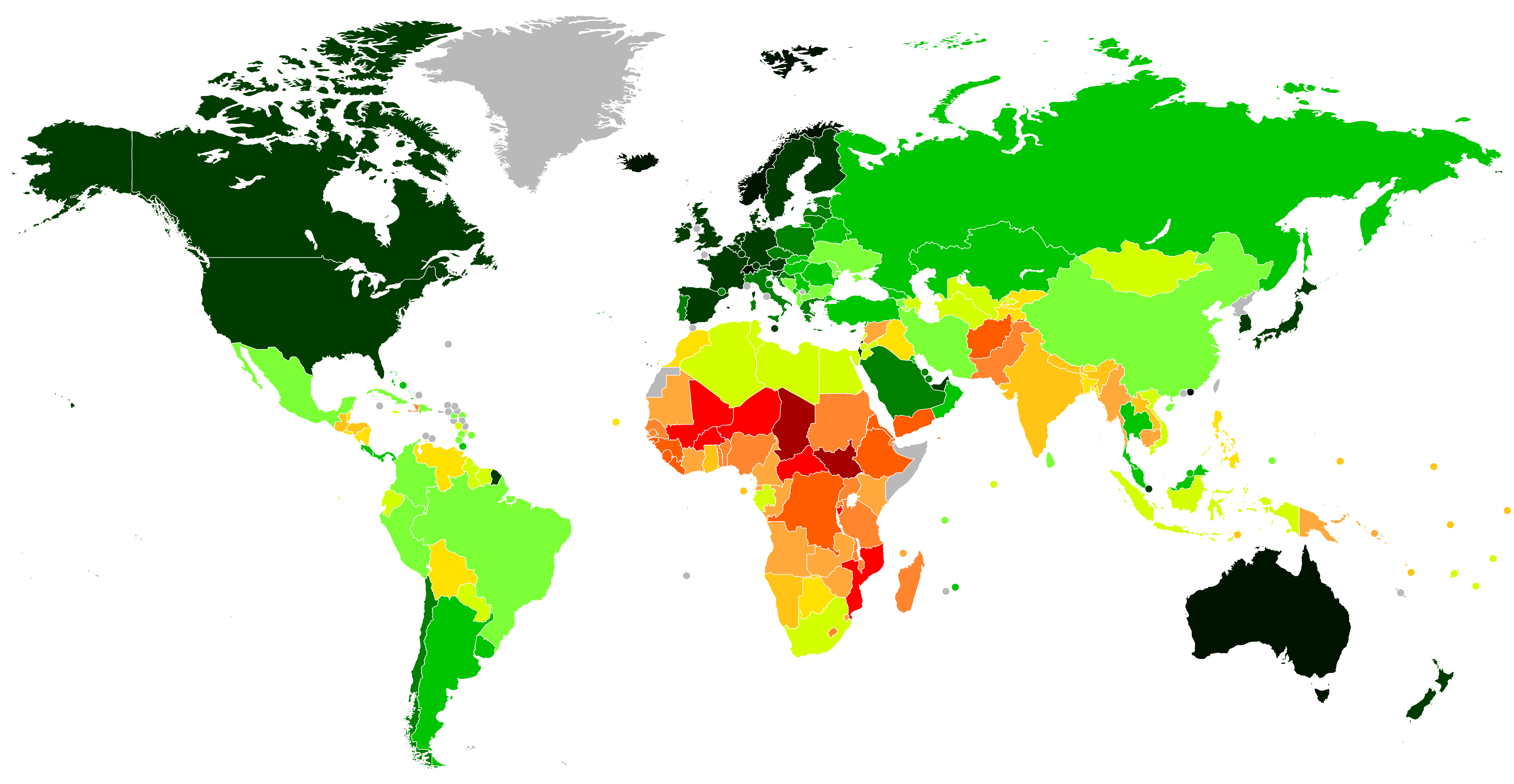
The Human Development Index (HDI) is a widely recognized measure of human development within countries. It provides valuable insights into the overall well-being of a nation’s population by taking into consideration factors such as life expectancy, education, and income. By analyzing these key components, the HDI offers a comprehensive picture of a country’s progress and quality of life.
While many people may be familiar with the concept of the HDI, there are some fascinating and enigmatic facts that are often overlooked or lesser-known. In this article, we will delve into 16 intriguing facts about the Human Development Index that shed light on its significance and effectiveness as a tool for assessing human development across the globe.
Key Takeaways:
- The Human Development Index (HDI) measures a country’s well-being using factors like education, income, and life expectancy, helping policymakers make decisions to improve citizens’ lives.
- Gender equality, sustainability, and poverty eradication are important for improving HDI rankings, showing that well-being goes beyond just income and includes broader dimensions of development.
The Human Development Index (HDI) is a measure of well-being.
The HDI was created by the United Nations Development Programme (UNDP) to provide a comprehensive assessment of a country’s overall development. It takes into account factors such as life expectancy, education, and income to determine the well-being of its citizens.
The HDI is based on three key dimensions.
These dimensions are: a long and healthy life, access to knowledge, and a decent standard of living. By considering these factors, the HDI offers a more holistic view of development than traditional economic indicators alone.
Norway consistently ranks as the country with the highest HDI.
For nearly a decade, Norway has held the top spot on the HDI rankings. This Scandinavian nation excels in areas such as education, income, and life expectancy, contributing to its high well-being score.
The HDI is a valuable tool for policymakers.
By providing a comprehensive measure of development, the HDI helps policymakers identify areas of improvement and implement targeted policies to enhance well-being for their citizens.
Gender inequality impacts HDI rankings.
Gender disparities in areas such as education and workforce participation can have a significant impact on a country’s HDI. Efforts to promote gender equality are crucial for enhancing overall development.
The HDI considers both income inequality and poverty.
The HDI recognizes that economic development is not solely determined by per capita income. It also takes into account income distribution and the eradication of poverty to provide a more accurate reflection of overall well-being.
Education is a key component of the HDI.
Access to quality education is vital for human development. The HDI considers factors such as mean years of schooling and expected years of schooling to gauge educational attainment in a country.
Life expectancy plays a crucial role in the HDI calculation.
Healthy living and access to healthcare services are essential for overall development. Life expectancy at birth is one of the vital indicators used to calculate the HDI score for each country.
The HDI is used to track progress over time.
By calculating the HDI for different years, policymakers can monitor the effectiveness of their development strategies and identify areas where interventions are necessary to improve well-being.
Not all countries have HDI data available.
Due to data limitations and challenges in data collection, some countries may not have a calculated HDI. This highlights the importance of improving data availability and accuracy for a more comprehensive assessment of global development.
The HDI recognizes the importance of sustainable development.
In recent years, the HDI has expanded to include indicators related to environmental sustainability. This acknowledges the need to balance economic development with environmental conservation for the well-being of future generations.
Emerging economies have made significant progress in HDI rankings.
Countries such as China and India have experienced remarkable development progress in recent years, resulting in improved HDI scores. This reflects the importance of sustained economic growth and investment in human capital.
The HDI is constantly evolving.
The UNDP regularly reviews and updates the HDI methodology to ensure it remains relevant and robust. This enables a more accurate measurement of well-being and development in a changing global landscape.
The HDI is used for international comparisons.
By calculating the HDI for various countries, policymakers and researchers can compare development levels and identify best practices that can be replicated in different contexts.
Income is not the sole focus of the HDI.
While income and economic development are essential, the HDI acknowledges that true well-being encompasses various dimensions and factors that contribute to a higher quality of life for individuals.
The HDI aims to promote sustainable human development.
Ultimately, the HDI serves as a framework for fostering sustainable development that goes beyond economic growth, emphasizing the importance of human well-being and equitable progress for all.
Conclusion
The Human Development Index (HDI) is a valuable measure that provides insights into a nation’s overall development and well-being. Through its multidimensional approach, the HDI takes into account factors such as life expectancy, education, and income, allowing for a comprehensive assessment of human development across different countries.
Throughout this article, we have explored 16 enigmatic facts about the HDI. From discovering the countries with the highest and lowest HDI rankings to understanding the impact of gender inequality on human development, these facts shed light on the complexities of measuring and improving human development.
It is essential to continue monitoring and improving the HDI, as it plays a crucial role in guiding policy decisions and development strategies. By focusing on sustainable development, reducing inequality, and fostering inclusive growth, countries can work towards improving their HDI scores and creating a better future for their citizens.
FAQs
Q: What is the Human Development Index (HDI)?
A: The HDI is a composite index that measures a country’s overall level of human development based on factors such as life expectancy, education, and income.
Q: How is the HDI calculated?
A: The HDI is calculated using the life expectancy at birth, educational attainment, and gross national income per capita indicators. These indicators are combined to provide a single measure of human development.
Q: What does the HDI tell us about a country?
A: The HDI provides insights into a nation’s overall level of development and well-being. It allows for comparisons between countries and highlights areas where improvements are needed.
Q: Which country has the highest HDI ranking?
A: Norway has consistently ranked at the top of the HDI rankings in recent years, indicating a high level of human development within the country.
Q: How does gender inequality affect the HDI?
A: Gender inequality can have a significant impact on a country’s HDI. Lack of access to education and employment opportunities for women can lower the overall human development within a nation.
Q: Can countries improve their HDI scores?
A: Yes, countries can improve their HDI scores by investing in education, healthcare, and income generation, as well as reducing inequality and promoting sustainable development.
Q: Is the HDI the only measure of development?
A: No, the HDI is one of many measures of development. It provides a comprehensive view of human development, but other factors such as environmental sustainability and social progress should also be considered.
Was this page helpful?
Our commitment to delivering trustworthy and engaging content is at the heart of what we do. Each fact on our site is contributed by real users like you, bringing a wealth of diverse insights and information. To ensure the highest standards of accuracy and reliability, our dedicated editors meticulously review each submission. This process guarantees that the facts we share are not only fascinating but also credible. Trust in our commitment to quality and authenticity as you explore and learn with us.


